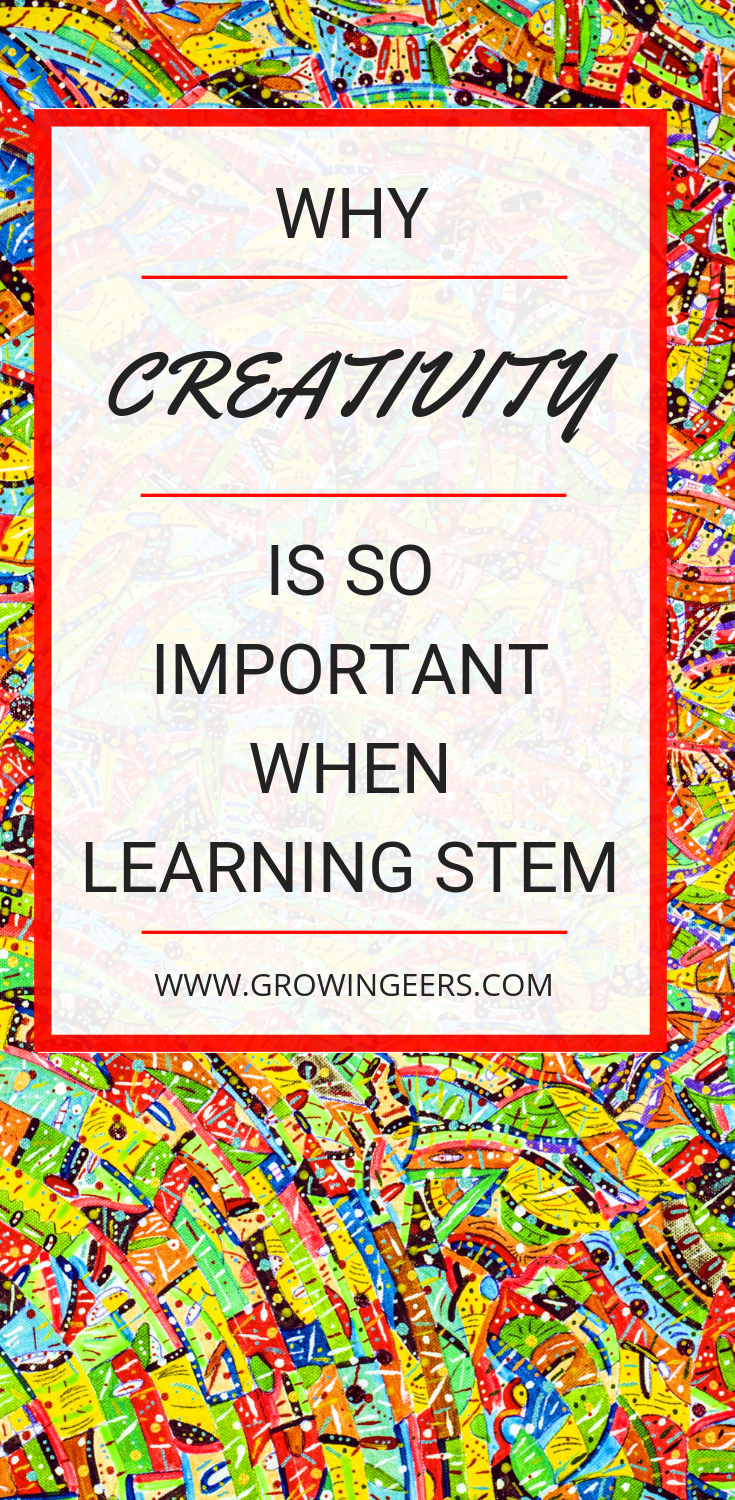Baseball is often considered America's favorite pastime, captivating fans with its thrilling moments, strategic gameplay, and rich history. Summer is a time when baseball is in full swing, so we are excited to share these mathematical insights to bring baseball full circle!
However, beneath the surface of this beloved sport lies a hidden world of numbers and statistics. From batting averages to earned run averages, mathematics plays a vital role in understanding and analyzing baseball. In this blog post, we will explore how baseball and math intertwine, shedding light on the fascinating relationship between the two.
Batting Average: The Arithmetic of Hitting
At the heart of baseball lies the battle between the pitcher and the batter. The batter's success is often measured by their batting average, a simple mathematical calculation. Batting average is determined by dividing the number of hits by the total number of at-bats. This metric not only reflects a player's skill but also enables comparisons between different players, teams, and seasons.
On-Base Percentage: Evaluating a Batter's Contribution
While batting average provides a glimpse into a batter's success, it doesn't capture the complete picture. On-base percentage (OBP) takes into account not only hits but also walks and hit-by-pitches. It is calculated by dividing the sum of hits, walks, and hit-by-pitches by the sum of at-bats, walks, hit-by-pitches, and sacrifice flies. OBP is a more comprehensive statistic that highlights a player's ability to get on base, which is vital in helping their team score runs.
Earned Run Average: The Pitcher's Statistic
Pitchers play a crucial role in baseball, and their performance is often evaluated using the earned run average (ERA). ERA is the average number of earned runs a pitcher allows per nine innings pitched. The calculation involves dividing the total number of earned runs by the number of innings pitched, multiplied by nine. ERA helps compare pitchers across different seasons and provides insights into their effectiveness and consistency.
Sabermetrics: Advanced Statistics in Baseball
Mathematics has revolutionized baseball analysis with the advent of sabermetrics. Sabermetrics is the study of baseball statistics to gain a deeper understanding of player performance and team strategy. These advanced statistics, such as Wins Above Replacement (WAR) and Fielding Independent Pitching (FIP), utilize complex mathematical models to evaluate player contributions, adjust for different ballpark factors, and predict future performance.
Data Analytics and Baseball
In recent years, data analytics has become an integral part of baseball strategy and decision-making. Teams now employ sophisticated algorithms and statistical models to analyze player performance, identify patterns, and gain a competitive edge. From tracking player movements on the field to predicting pitch selection, mathematics plays a significant role in harnessing the power of data to enhance performance and make informed decisions.
Baseball and math share a deep connection, with numbers providing a language to decipher and appreciate the intricacies of the game. From calculating batting averages to advanced sabermetrics and data analytics, mathematics brings objectivity and insight into baseball analysis. Whether you're a fan, player, or analyst, understanding the mathematical foundations of the sport can elevate your appreciation and knowledge of this timeless game. So, next time you watch a baseball game, remember the hidden numbers game unfolding before your eyes, and marvel at the math behind America's favorite pastime.
























